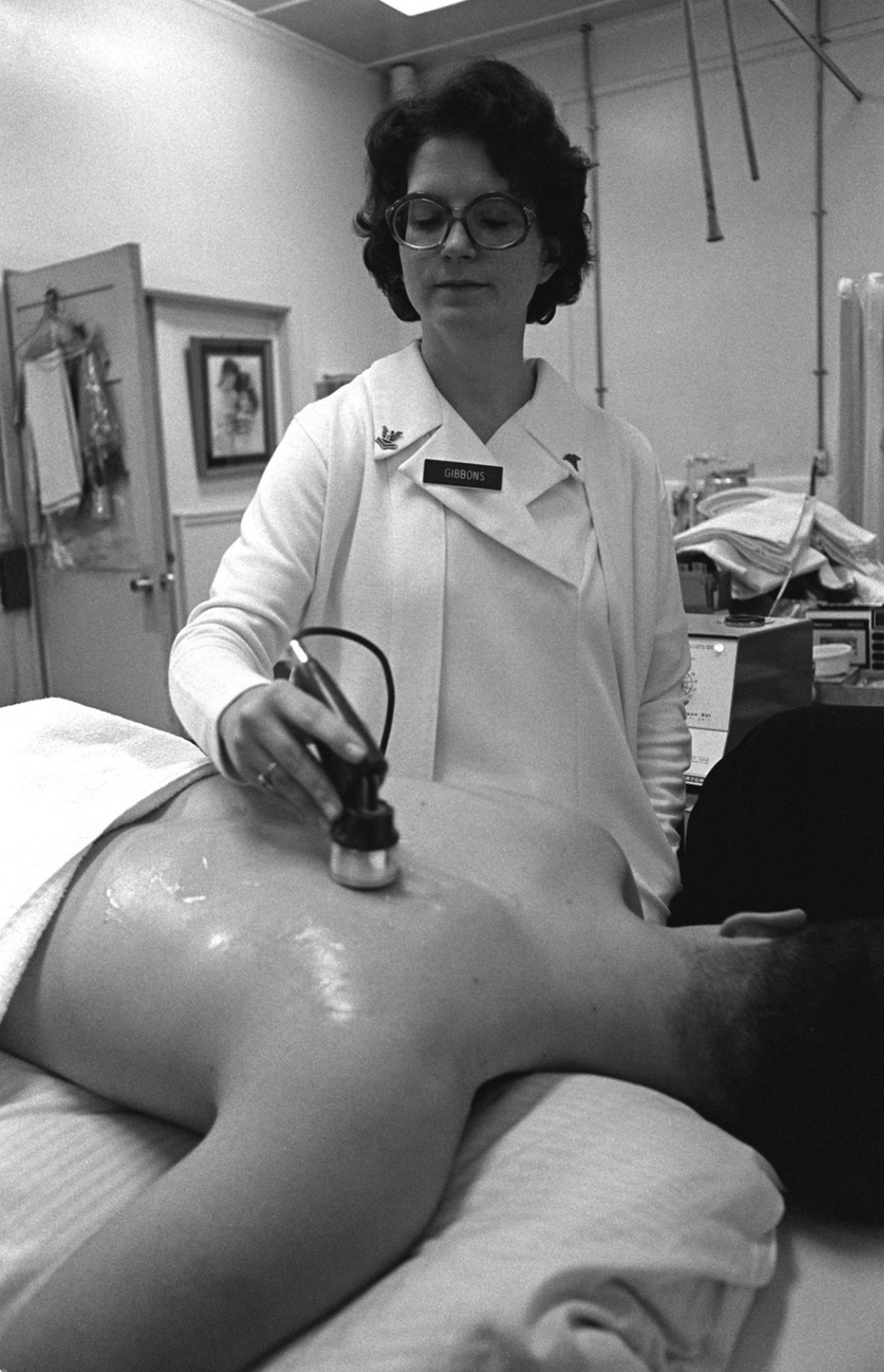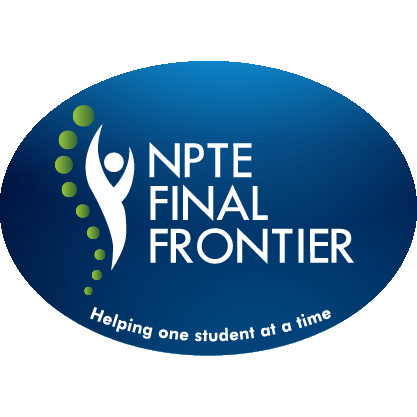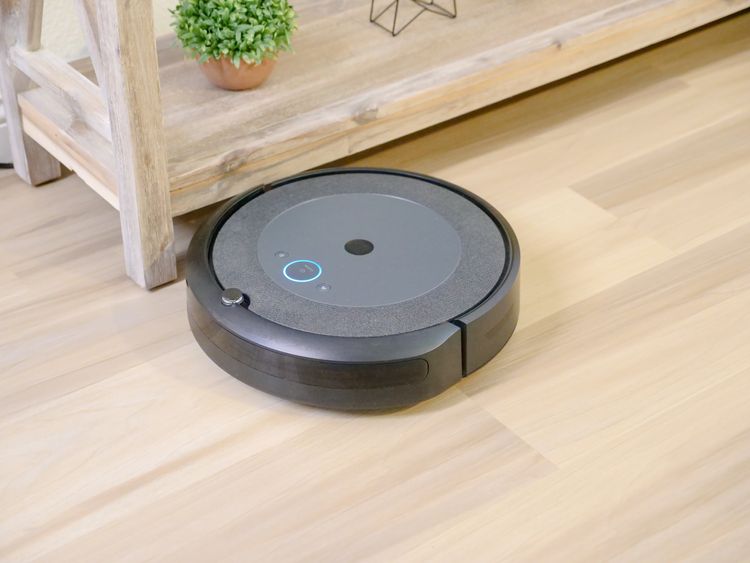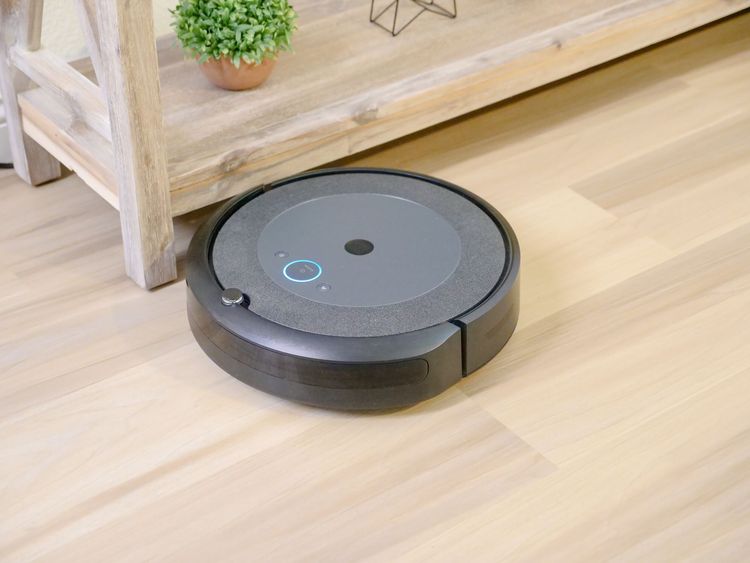🦀 PT Crab Issue 69 - Ultrasound might work?

This week, ultrasound might be effective for treating neck pain, eye-tracking might be effective for learning more about how PTs work, the 6MWT might work for exercise testing with diabetic patients, and taping might help with neuromuscular control of the shoulder. I guess this is the might issue?
You, as a Blue Crab reader, get two of those four articles above. Wanna see all three? Become a King Crab supporter. It’s on sale for the holidays, so grab it while you can. Thanks!

In other news, I don’t have any other news.
Let’s dive in!
The big ultrasound review.
The Gist - Researchers publishing in the Archives of PM&R (Impact Factor 3.996 if you believe in that stuff) recently popped out a big review of ultrasound’s effects on neck pain and would you believe that we’re still not sure? Ultrasound wasn’t in the most recent (2017) CPGs for treating neck pain, likely because we don’t have a lot of systematic reviews about its effect. Well here’s one more and this one was mostly positive actually.
They included 12 studies with 705 participants that looked at patients with active trigger points in the neck, shoulder, trapezius muscle, and upper trapezius muscle (which, I know, are all in the neck and shoulder, but that’s what the paper says, okay?). 10 studies used continuous ultrasound, three used pulsed, meaning that one study used both (if you already figured that out, yay algebra!). They used intensities from 0.5W/cm to 3W/cm and multiple megahertz. Yay for heterogeneity. 7 of the studies compared ultrasound to something else while 5 compared it to sham ultrasound or no treatment.
Quick results here, more further on
Versus “other treatments”:
- Pain at rest: No effect due to inconsistency.
- Pain during movement: -0.49 difference on 0-10 scale
- Disability: Significant in one study, not another
- Quality of Life: Unknown due to heterogeneity
Versus sham or no treatment:
- Pain at rest: -1.6 to -1.9 on a 0-10 scale
- Pain during movement: -2.53 on 0-10 scale
So, versus sham, pretty good. Versus "other treatments," just fine. At least, that's what we know from relatively limited data. More on limitations just below!
Tell Me More - I’ve already run pretty long on this, so I don’t have too much more to say. Overall, like many systematic reviews, this one says that even though they had 12 RCTs to work with, the testing was too heterogenous and low quality to put a lot of power behind the results. Everything above was a result from just two or three of the twelve studies, not great on each metric. And if you’ve read other reviews and said “wait, this seems inconsistent with those.” First, good for you for noticing, and second, you’re right. The authors address that and say that it is likely down to the exclusion criteria they worked with. But read the whole paper for details.
Whole paper? Whole paper.
The Final Frontier
The Gist - These are the voyages of the starship PT school. etc. etc. Yes, I do know it by heart. No I'm not embarrassed by that. Yes I think Sisko is the best captain (okay, technically commander, but you know what I mean). Janeway is close. Anyway, back to the topic at hand. The final frontier for many of us PTs was the NPTE. The great unknown. A journey of nervous exploration that we just want to end as quickly as possible. Well I'm here to let you know that there's help for that, via NPTE Final Frontier. They're a test prep company that guides students toward the NPTE, CPE (that's Canadian, eh) and NPTE-PTA and they're partnering with PT Crab to help spread the word about both of us.
What I like most about NPTEFF is how they follow their students post-graduation, creating community and giving guidance even after they're done getting paid for any materials or classes. If you're seeking guidance for the NPTE, consider checking them out at NPTEFF.com and keep an eye out for more coverage in the future.

We Watch Where You Look During Movement Analysis.
The Gist - This study isn’t really clinically relevant (I know, not living up to my name, sorry) but it is interesting and I thought you’d like it. If not, read the Gist and move on, it’s your life after all. From the Canadian Journal of Physiotherapy comes an investigation that performed eye tracking on eight students and eight therapists to watch what they watched during a video of someone with a history of stroke and concussion doing a sit to stand. They wanted to see where they looked and compare their approaches.
In general, fixations by physiotherapists (that is, time they spent looking in each place) were shorter and greater in number than those by students. Shorter by about a tenth of a second. The experienced PTs’ eyes bopped around more quickly and spent more even amounts of time looking at each body segment (head, trunk, lower limb) than the students did. They spent more time on the head and lower limb, casting only fleeting gazes at the trunks.
Tell Me More - Why should I care? You may ask. I mean, you don’t have to. You’re choosing to read this. But if you’re still convincible, you should care because this is a feasibility study too, to see if this technological approach is even possible. Based on their experiences and some fairly advanced stats they pump out, it appears that it is indeed possible. This could open up new avenues in PT education and testing to see just how much we’ve learned. And why did the students look longer? The researchers speculate that they have a less developed mental framework for observational movement analysis and thus are less efficient at grabbing information.
Paper? Oh, Canada.
And that’s our week! Hope you enjoyed and, once again, please share anywhere and everywhere. Thanks!






Comments
Want to leave a comment and discuss this with your fellow PTs? Join PT Crab and get summarized PT research in your inbox, every week.